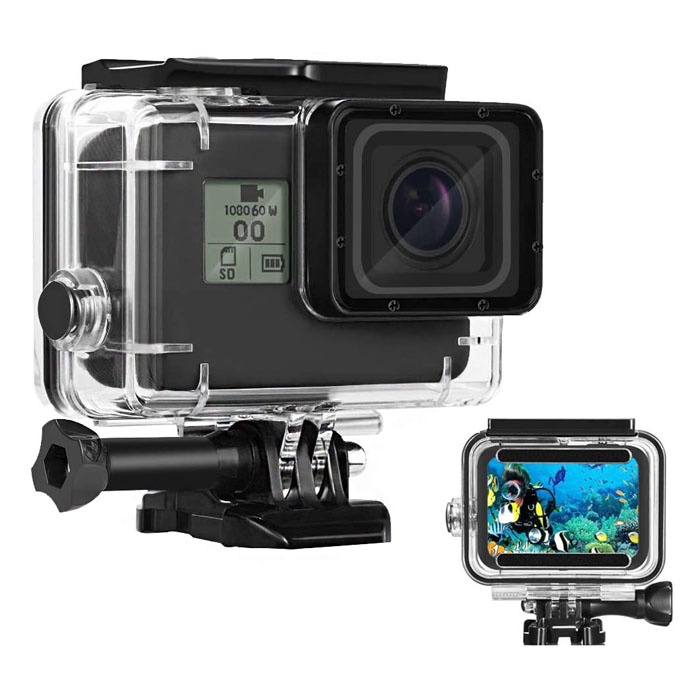Tech News
Filming Under the Sea: A Guide to Underwater Cameras
Exploring the wonders of the ocean is an incredible experience. Capturing those moments requires specialized underwater cameras capable of withstanding the pressures and challenges of underwater photography.
This guide will examine the types of cameras available and what to consider when selecting underwater camera equipment.
What Makes Underwater Cameras Different
Cameras designed for underwater use need to be waterproof and equipped to handle ocean conditions. Key differences from standard cameras include:
Waterproof Housing
Underwater cameras require a sealed housing to prevent water damage. Housings are rated for different depths, with most consumer models suitable for recreational scuba diving depths of 40-60 meters. Professional underwater housings can withstand depths of over 100 meters.
Durability
Saltwater and pressure can damage electronics and lenses. Underwater cameras need to be constructed from corrosion-resistant materials like polycarbonate plastics and anodized metals. Controls and buttons may be designed differently as well.
Lens Quality
Water diffuses and filters light differently than air. Lenses optimized for underwater capture sharper images and more accurate colors. Wide-angle and macro lenses are common to capture marine life and environments.
Buoyancy
Underwater cameras need to be weighted and balanced so they don’t float or sink while in use. Buoyancy controls counteract the weight of the housing to allow easy handling underwater.
Key Types of Underwater Cameras
There are a few main designs for cameras used to film beneath the waves:
Action Cameras
Rugged, Action cameras like GoPro models and 360 cameras are widely used for underwater video and photos. They have durable waterproof casings and excellent portability. Limitations include smaller image sensors and a lack of zoom.
Mirrorless/DSLR
With professional underwater housing, mirrorless or DSLR cameras can be used to get high-quality underwater images and video. Housings allow access to the camera’s full capabilities. Large sizes can limit portability.
Waterproof Compact
All-in-one amphibious cameras like the Olympus Tough are designed for rugged use including underwater photography. They are easy to use but have less control and lower image quality compared to professional setups.
360 Cameras
Innovative 360-degree cameras: can create immersive underwater views and VR experiences. Popular models like the Insta360 ONE R need waterproof housings and provide a unique perspective.
Key Underwater Camera Features
When selecting an underwater camera setup, keep these key features in mind:
Depth Rating
Housings and cameras will be rated for different maximum depths. Make sure to choose equipment suitable for your planned diving environment.
Seals and Controls
O-ring seals prevent leaks, so inspect and maintain them regularly. Controls should be designed to be easily usable while submerged.
Image Quality
Larger image sensors, wide dynamic range, and post-processing features help compensate for the challenges of underwater photography.
Battery Life
Cold water temperatures drain batteries faster. Have backup batteries and recharging capabilities for longer underwater periods.
Underwater Flash
A strobe or underwater flash adds light which is quickly absorbed underwater. They illuminate subjects and balance coloring.
Wide Angle Lens
A wide or ultra-wide angle lens expands your field of view to capture broad scenes and larger subjects underwater.
Filming the Ocean Depths
The tranquility and wonder of the underwater world can be shared through skillful filming. By selecting the right underwater camera system and techniques, you can capture professional-quality ocean imagery and share the beauty of the depths with others. With some preparation and practice, your underwater camera can reveal incredible moments beneath the waves.
